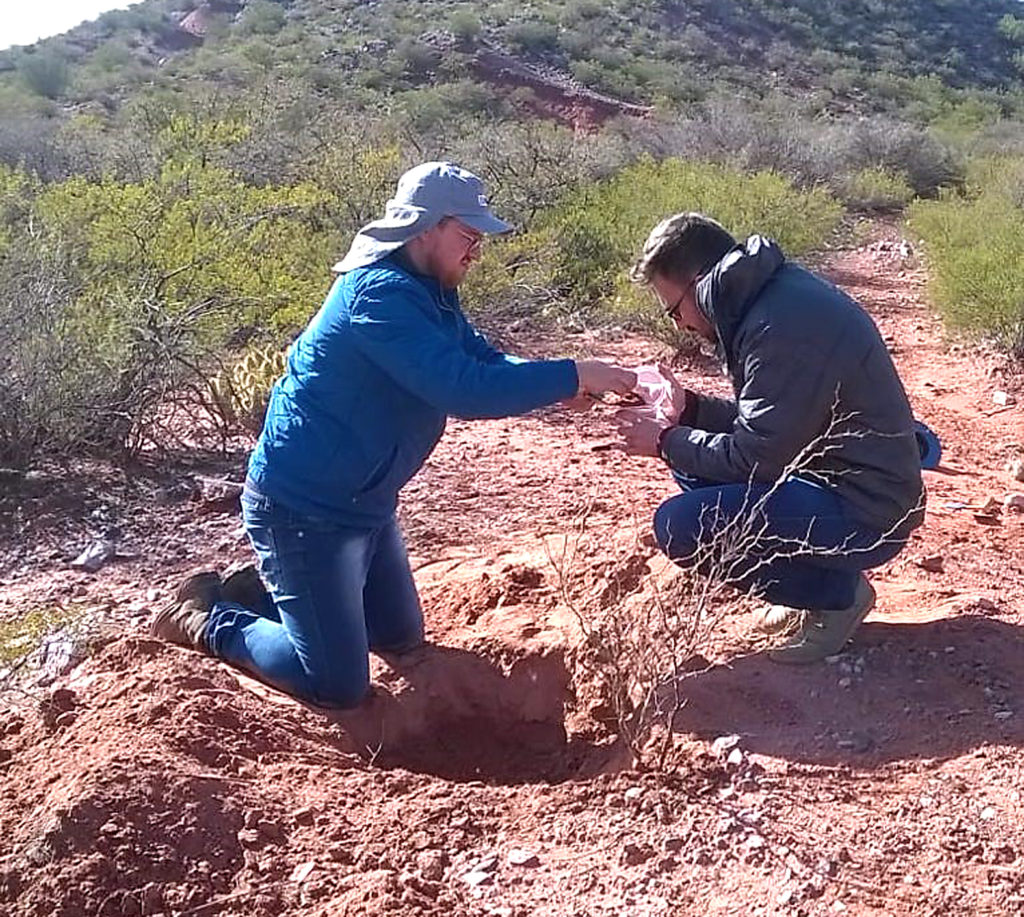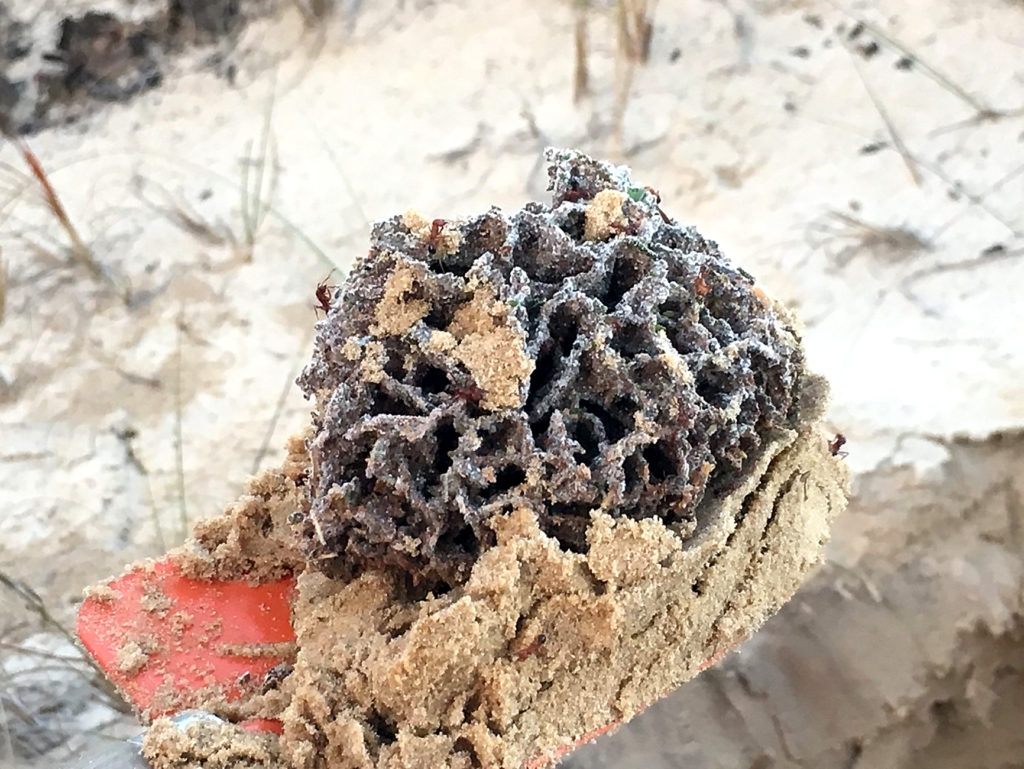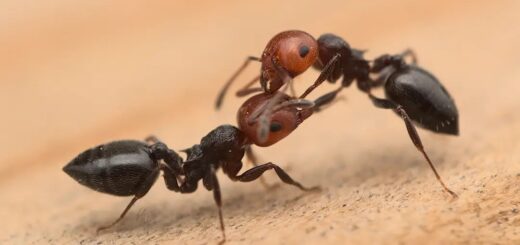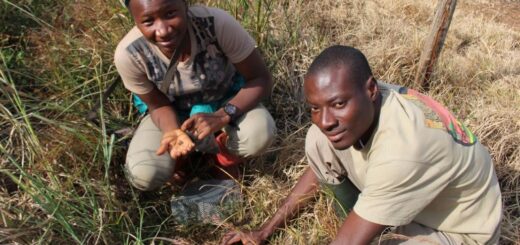Amoimyrmex, a new leaf‐cutting ant genus

In the recent paper “Amoimyrmex Cristiano, Cardoso & Sandoval, gen. nov. (Hymenoptera: Formicidae): a new genus of leaf‐cutting ants revealed by multilocus molecular phylogenetic and morphological analyses” published in Austral Entomology, Cristiano et al. propose a new phylogenetic hypothesis for leaf-cutting ants and describe the new genus Amoimyrmex including several species. Here, Maykon Passos Cristiano answers some questions and shares pictures.
An Interview compiled by Emeline Favreau, Patrick Krapf, and Lina Pedraza

MNB: Could you tell us a bit about yourself?
MPC: I am a professor at the Department of Biodiversity, Evolution and Environment, from the Universidade Federal de Ouro Preto. Together with Prof. Danon Clemes Cardoso (co-author of the paper), we are heads of the Laboratory of Evolutionary and Population Genetics. Our University is located at the first World Heritagecity in Brazil founded at the end of the 17th century.
Our main research interests are related to ant genetics and evolution, focusing on the evolutionary history of fungus-farming ants by using sequencing data and insights from different cytogenetic methods.
We integrated several tools from genetic and cytogenetic disciplines to contribute to our understanding about ant phylogenetics, genome evolution, chromosome biology, and diversity of ants.
MNB: Could you briefly outline your research on a new genus of leaf‐cutting ants you published in Austral Entomol in layman’s terms?
MPC: This paper is fundamentally a taxonomic paper and concludes the studies we have initiated in 2009 with the leaf-cutter ant “Acromyrmex striatus”. Already during my Ph.D, I started to look for the phylogenetic relationship of these ants, described the karyotype and looked for cytogenetic markers. In 2013, we published in Plos One (doi.org/10.1371/journal.pone.0059784) the karyotype of “A. striatus” and their phylogenetic position related with the other leaf-cutter ants. At that time, we concluded that we should investigate a bit more other species as “A. silvestrii silvestrii” and its subspecies “A. silvestrii bruchi”, because we realized that including these ants would involve taxonomic changes.

MNB: What is the take-home message of your work?
MPC: In this work we demonstrate that the three aforementioned species are closely related to each other and comprise a sister group of the remaining leaf-cutter ants (Atta plus Acromyrmex), considering also the systematics and taxonomic history of fungus-farming and the changes recently accounted for. Thus, we transferred these three previously Acromyrmex species to a new genus of leaf‐cutting named Amoimyrmex Cristiano, Cardoso & Sandoval, 2020. Amoimyrmex is a neologism formed by the joining the world ‘amoi’ from the Guarani language, Mbyá dialect, which means ‘distant ancestor’ or ‘grandparent’, and the Greek term ‘myrmex’, which means ant. The phylogenetic position, its morphology, and other distinguishable biological aspects of Amoimyrmex species, such as nesting, behaviour, number of individuals per colony, caste and subcaste, chromosome numbers, and cytogenetical markers are used to justify the predicted new leaf-cutting genus (see Cristiano et al. 2013).
MNB: What was your motivation for this study?
MPC: Our principal motivation started when we observed that distinct chromosome numbers from Amoimyrmex striatus (as “Acromyrmex striatus”) from other Acromyrmex species, and the morphological similarities with Atta that was never previously thought. Besides, the morphological “chimera” of some external characters that Amoimyrmex species bears compared to the ones of the other leaf-cutting ant species. For example the number of pronotal spines, similar to Acromyrmex species and the first gastral tergum smoothly similar to Atta. All these observations led us to pursue the study on Amoimyrmex striatus contributing to its systematics and taxonomy.
MNB: What was the biggest obstacle you had to overcome in this project?
MPC: The first obstacle to overcome, increasingly growing in Brazil, was to obtain funds to carry out this study. There is a need to visit the collections, mainly in Europe, where the majority of the species has been deposited. It took time and personal resources to access the taxonomic collections. We also wanted to visit locally the distribution and to look at the nesting habits of Amoimyrmex silvestrii and Amoimyrmex bruchi. We have reached our aim with help of other research groups, for which we are very grateful.
MNB: Do you have any tips for others who are interested in doing related research?
MPC: Time, passion, and patience! All these skills are fundamental for a taxonomic study and that work is sometimes not as much valued as it should.
MNB: Where do you see the future for this particular field of ant research?
MPC: Taxonomy is fundamental for any biological study and there is a lack of taxonomic studies that should be overcome, less preeminent in Formicidae compared to other groups, maybe. As we have already mentioned in a previous interview, ant cytogenetics has much to contribute to myrmecology and only a small number of ant species has been studied cytogenetically. We think that efforts in species description and taxonomic revisions comprising multidisciplinary approaches will be more and more recurrent, mainly using massive genomic data. However, we also need to remember that the answer to our questions could be achieved by using the several tools available, as cytogenetics and standard sequencing. Formicidae is still an intriguing model for the study of chromosome biology and has the potential to contribute to our understanding of ant evolution and systematics.
MNB: THank you for this interview!
Updated version: Corrected the journal name from “Australian Entomol” to “Austral Entomol”





An easy and clear article. Nicely done…
Oh! Thanks!